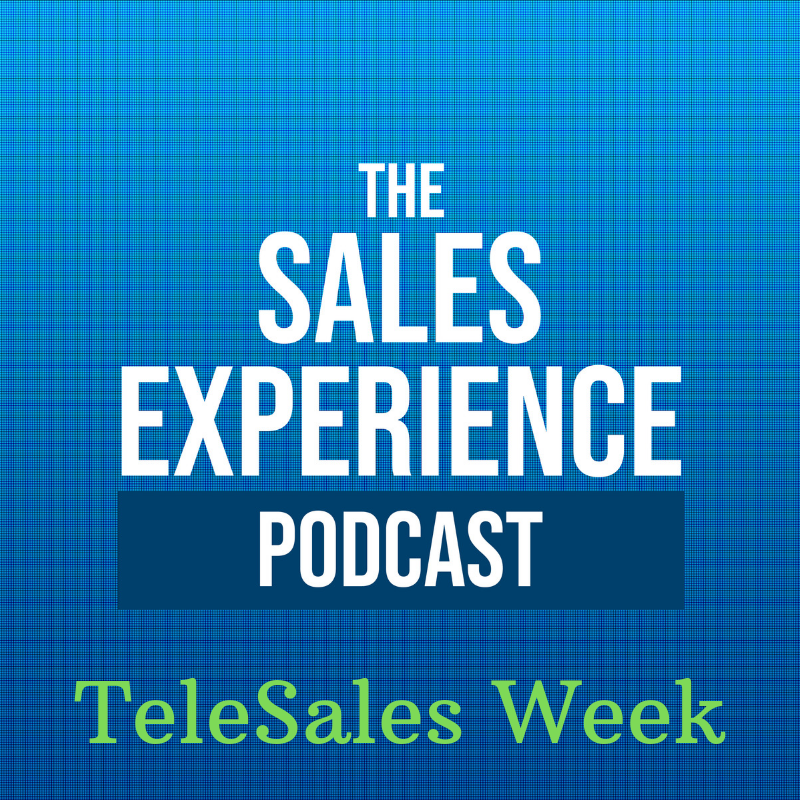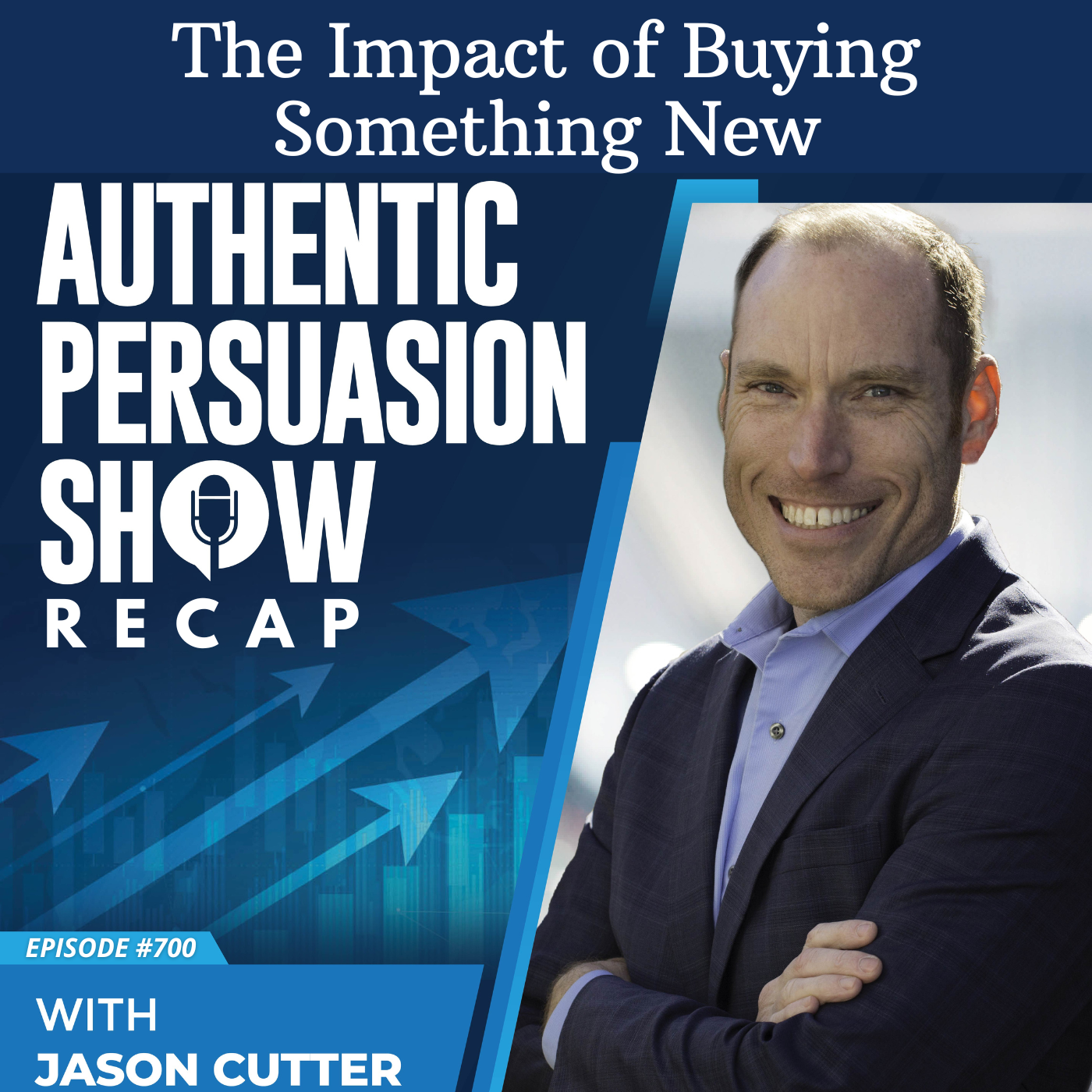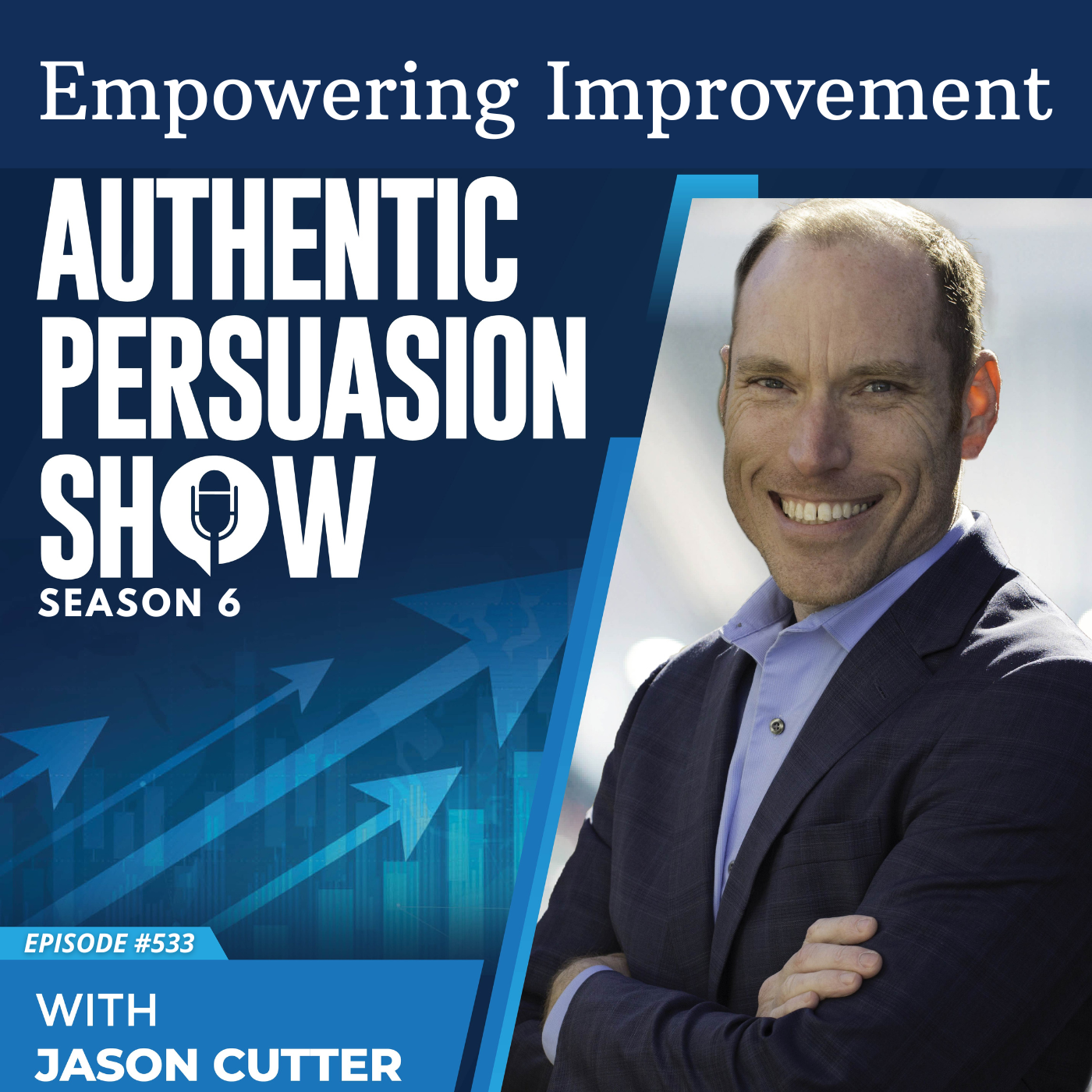Episode Transcript
Tim Alison: Sometimes you just can't help people from, human nature that they want it and they want it versus the avoidance of pain. And I think the avoidance of pain, and we always say here at the People Catalyst that unfortunately people will pay more for an aspirin than they will a vitamin.
And for sure. And so you have to speak to the aspirin, but I think keeping in mind the best thing for them is actually a vitamin so they can. Avoid having to take an aspirin. So can you share with us a little bit about your thoughts on that? About the, how the avoidance of pain is so impactful in the influence piece, but people don't always know what they.
They need or they think they need something that even though they need a whole slew of things before they even get to that.
Jason Cutter: Okay, so this is where you and I, the Carla Jason show, goes into our part time unofficial, please don't take this as any kind of diagnosis or actual medical advice our part time psychology psychosis analysis portion of the show.
Yes,
Tim Alison: both of us do not have a doctorate.
Jason Cutter: But we do not have a doctorate, which I've never made that disclaimer before, but it felt appropriate here. I am a guy with a bachelor's degree in marine biology though, so keep that in mind. I think the thing is that there's a part of our brain that everybody has.
Some people control it better, some people it's more powerful than others. There's a part of our brain that is the animal, primal, lizard part. You could call it what you want. I won't get into the technical details, but there's a part of our brain that still thinks it's Isn't it the reptilian brain? The reptilian brain people call different things if they want to soften it.
They call it the lizard brain and then people get triggered and offended. So use whatever term you want to be as offended or not offended as you'd like. But we all have this part of our brain and it thinks it's still on the savanna or in a cave thousands and thousands of years ago fighting for survival and worried about everything.
It's the part of our brain. That if you imagine five, 10, 000 years ago, you're on the savannah, you're living in your little makeshift shelter and what would be more important to you imagining you're seeing five tigers throughout the day around every corner and jumping and worrying and always being on high alert, but being wrong or not caring and not paying attention and missing the one tiger that is real and getting killed.
And our brain is always in that mode, it still thinks it's in that it's still worried that if I eat that berry, it's the wrong berry, I'm gonna get poisoned, and I'm gonna get sick and die. If you broke your leg 5, 000 years ago, there was no doctor. You could get an infection, your tribe will leave you behind, you're gonna die under a bush, and then that's it.
So our brain wants to keep us safe in our comfort zone. And so danger is bad. So it will always default for most people to avoiding pain and danger because we want to stay in our comfort zone. But what it doesn't do for most people is go for gain, which is, Hey, on the other side of my comfort zone is amazing stuff.
If I'm in this cave now, maybe there's a better cave or a better hunting ground. But the risk is what if there's not, and then I die because I made the wrong choice. So I'll just make no choice. Yes.
Tim Alison: And how do you, when you're working in the sales either, and you can answer this from a training and consulting side, or even you being on a sales call, how are you aware of that?
And then Influence. Of course, they say influence manipulation. It's two sides of the same coin, and it's a very thin coin, and it's one of the reasons why sales, one of the most incredible professions, because if we don't sell things, our economy just dies, but then gets a bad rap because of that, right?
And understanding it is critical and then also having their best interests at heart. So it's influence, not manipulation. How do you balance those two understanding that many times people are in avoidance of pain? Okay. And don't want to go out there and make the wrong decisions. So they sit in limbo. How do you balance that when you're teaching training or on a call?
Jason Cutter: So the first thing is you gotta always understand that part of that brain that you have, that keeps you limited. Your prospects have it. Everybody has it. We're all human. Again, some people are better at it and some are not the fundamental hardest challenge of sales. Is embracing, understanding, and then overcoming your prospects fear of change.
That's it. There's one fear. It's not a fear of spiders. It's not a fear of sharks. It's not a fear of anything else. It's a fear of change. When it comes to your selling interaction. Because change equals risk. Risk equals death. And so the brain wants to keep us from making changes. That's why you see some people.
They eat at the same restaurant. They go to the same place on vacation. They stay in the same kind of hotel. They literally don't like change. And then there's people who don't care. And this is fascinating. There's people who have no fear of change. They have no fear of certain things, but then they're totally afraid of other things.
Like I talked to a guy on a podcast recently, and he's I have no fear of public speaking. I have no fear of this and that. I'm like what about heights? He's no, I can't do heights. It's so people have these bubbles of confidence and then these bubbles of fear and your prospects fear change.
Everyone fears change your employees, your team, people, again, fear, change equals danger, which equals death is what that part of our brain is saying. So your goal in any sales interaction is to help your prospect feel safe to feel that the change that you want to help facilitate is safe. It's Oh.
Okay. It'll be okay. If we go try out this new restaurant, it'll be okay. Like I promise, like we'll get through this together. That's what you want to create for them. And you do that by building some rapport, showing them empathy, building some level of trust, and then being a professional who's going to take them on that journey.
Arm and then make it safe. And the reason I say all this, you think no, people aren't afraid of change. Some people don't care. You're right. If those people didn't care about change and weren't afraid, they would have ordered it online or they would have called you up and said, here's my money.
I just want to buy this. And you're now an order taker. But if you have to persuade somebody, it's because you've got to help them overcome their fear of change.
Tim Alison: I love that. And what are some of the strategies that you use, Jason or questions or different, maybe listening for responses where you're feeling like you're having that because there is a flow, a sales flow.
It's an art and a science. So you have to get over some pieces of the obstacle, but at the same time, you do have to get to that point where it's, does it make sense for us to continue or does it not? There is a part where there's a end of the road. What are some of the strategies that you use through the sales process?
And then when you get to that end of the road, Time to make a
Jason Cutter: choice.
So
working backwards, the one thing that you must know as a salesperson, again, whether it's, you're a coach and you're selling somebody to hire you as a coach, or you're selling knives door to door, it doesn't matter. Like to me, sales is sales, so it doesn't matter.
But the one question you have to be able to answer is why do they? Want or need what I have to sell, right? Once you determine if it's a good fit, like if it's, you pre qualified them enough. Why do they need it? For their reasons. Not why do I think they need it. Not why do I tell all my customers why they need it.
Not why I think my company is so amazing and the best and we have so many good ratings and reviews. No. Why do they need this? What does it do for? Them for their reasons once you know the answer to that then the rest of it's easy because now we're tying in The solution the pricing the next steps the expectations all the rest of that is easy because you're like, okay you said You need to get here.
I know how to get you here. Any questions, right? That's it now to get to that point is tough because it takes building up enough of a relationship and then asking enough questions, whichever way the conversation goes. Like I don't teach people to say, okay, ask this question, then ask this question.
It's more of here's the framework of the questions. And then also using active listening to have a conversation. Remember this is why a lot of people forget. It's not a, like me selling to you. It's two humans having a conversation and I want to see how I can help you. If I can, I'm going to let you know, if I can't, I'll let you know.
But it's asking questions enough to go deep enough to answer that question of why do they want it, which sometimes you'll know in the first two minutes, sometimes it may take five phone calls to uncover why they really need it. But unless you answer that question, you're just hoping.
Tim Alison: Sometimes it's a discovery and I think it's interesting based off of how people there's three different ways people learn new information and they're a thinker, a feeler or a knower and understanding when you listen for someone to respond.
Some people there's never enough information before they can get to a new information. A new idea. Some people, they love stories. That's why people use case studies and those types of things when in doubt, and then some people just know they get on the phone, Hey, I have this problem. Somebody referred me to you, and they said you could fix it.
Yeah. So it's interesting. I love that, that people forget sometimes it's a two-way conversation focused on them and then also if you can solve their problem. So in that, and I love how you said that sometimes it might take five calls too, because I think that sometimes it's pressed too quickly to make a decision too quickly when some people are actually verbally aware, like they talk through it and then they go, Oh, I got it.
Like they don't necessarily know. They might say, I've got a revenue problem. But where is that? Is it your pricing? Is it you promoting the wrong product? Is it a sales issue? Is it a, is it how many? Contacts that you're making, or is it your conversion ratio, or is it's is it your activity?
What is that thing? And I think that's a, how do you get that from when you're selling so that you don't feel like they're putting you under a microscope and of course not judging them because, I always say when people have a problem congratulations, welcome to the club, it's you're normal. But how do you get to that point where they're opening up, but then you're trying to diagnose what they need? Because most of the time in my experience in working with businesses, and this is from startups all the way to large organizations, is that they don't always know. No.
Jason Cutter: And, fundamentally keep in mind, and this is true for everybody. If you knew. What you were doing incorrectly in order to get to where you wanted to, right? There's no good, bad or wrong. It's just about like, where do you want to be? What do you want to be doing? And if you're not there, why? If people knew why they weren't where they wanted and how to fix it on their own, they wouldn't need other people's help.
If I just realized like, Hey, the reason I don't have access because of this, I'll just go get it then, that's it. So usually when they're interacting with someone who's a salesperson or is some kind of service provider or has a product, there's a good chance the prospect doesn't even know what the issue is.
They might even know what the issue is, but they don't know why or how to, what to do about it. If they knew what to do about it, they would just do it.
![[Replay] Screw The Naysayers, with Tim Alison](https://episodes.castos.com/salesexperiencepodcast/images/Screw-the-Naysayers.png)


